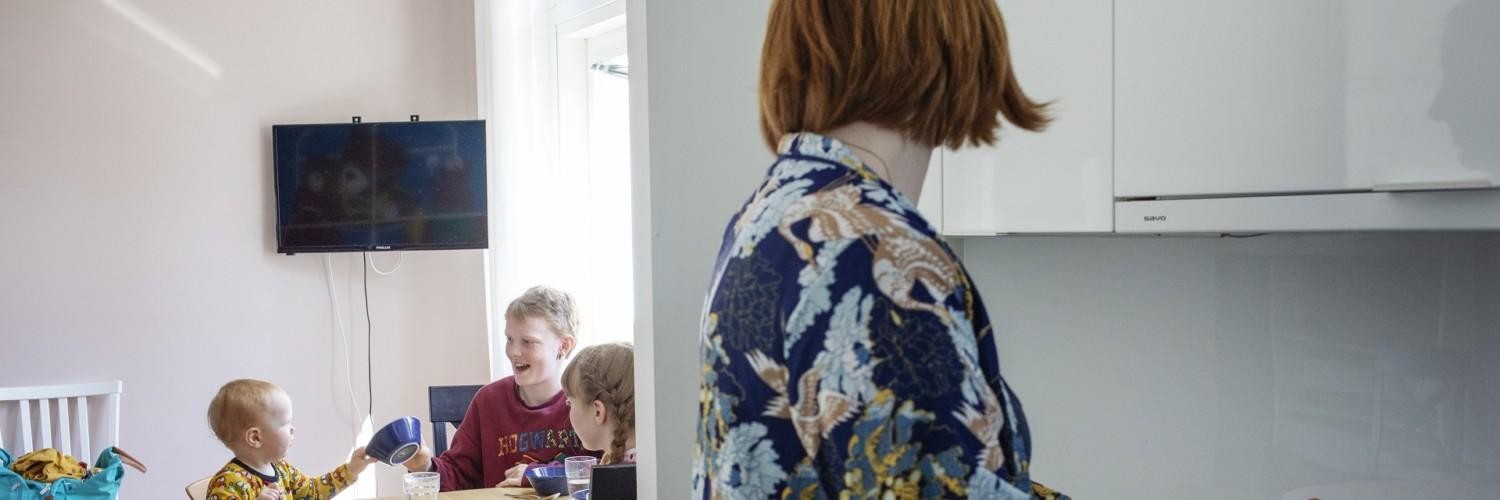Shelters offer support, advice and counselling
Shelters provide a refuge and assistance for anyone who has experienced violence or threat of violence. The shelters are open 24 hours a day, every day of the year.
- You may go to a shelter if you have experienced violence in your close relationship or your family.
- The violence does not need to be physical in nature – a threat of violence may also be a reason to go to a shelter.
- The shelters are intended for people of all ages and of any gender.
- Staying at a shelter is free of charge.
- You are free to go to any shelter without needing any referrals.
- If necessary, you can go to a shelter without telling your name.
Read more about the different forms of violence
At first, you are advised to contact the shelter by telephone.
You should call the shelter first to make sure that there is space in the shelter. If you are concerned about your situation, you can call the shelter closest to you or the Nollalinja helpline, tel. 080 005 005 (or +358 80 005 005 when calling from abroad). Nollalinja provides assistance in different situations related to violence in a close relationship and information on shelters.
See contact information of shelters
A shelter gives you crisis assistance and support for practical matters
The staff working at shelters has been trained in how to encounter people who have experienced violence in a close relationship.
A shelter gives you a refuge from violence and assistance for putting a stop to violence. Being subjected to violence or witnessing it is often traumatising to both adults and children. A shelter provides you an opportunity to unravel your experiences and emotions in a safe environment. In a shelter, you will also get counselling on legal issues and on organising practical matters.
A shelter also provides assistance for children for processing their experiences of domestic violence.
Take your personal belongings with you
In a shelter, you will be given a room of your own. You will also get food, the linen and the necessary toiletries.
If you can leave your home in peace to come to a shelter, you can pack some clothes and other necessary items, such as medicines, personal ID and your bank identifiers, with you. If you come to a shelter with your children, take the necessary items for them as well. They could include a bedtime toy, appropriate clothing for the weather and your child’s medication.
While at a shelter
As circumstances allow, you can go to work from the shelter, and your children can go to day care or school. The shelter staff will help you with arranging the practical matters.
In a shelter, you can safely consider your situation and make practical arrangements related to your future in collaboration with the staff of the shelter.
The customer relationships at a shelter are always confidential, and the staff are bound by a confidentiality obligation.
After the shelter
A shelter is intended as a short-term refuge, but the length of the stay always depends on the customer’s situation. Usually, the average stay in a shelter is about two weeks.
A shelter provides assistance for arranging your life after the period spent at the shelter. The shelter staff cooperates with the necessary authorities.

